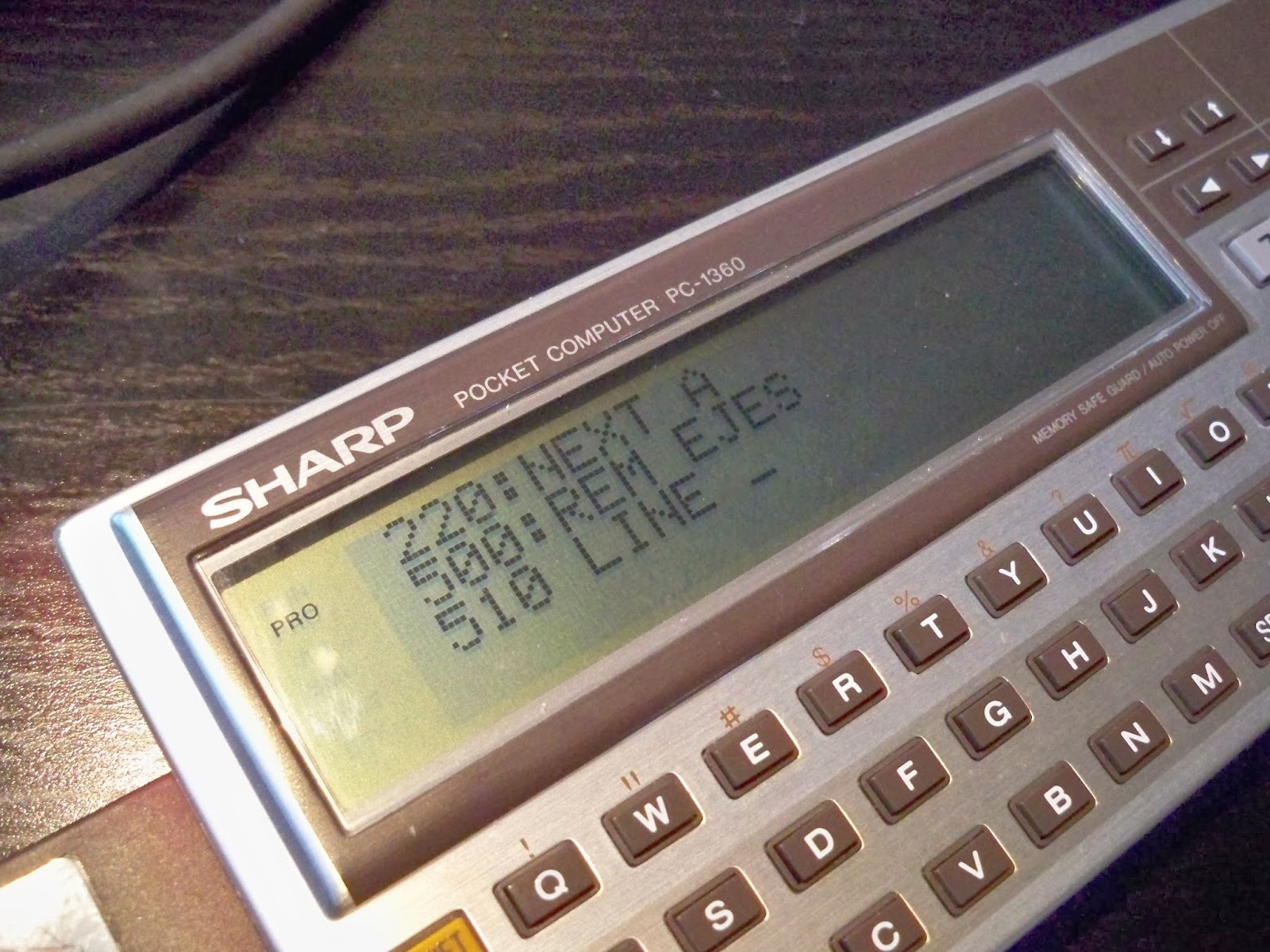I own a very nice Sharp 1360 pocket computer. I got it in Spain, by Ebay. It is complete, with box, manual and 8 kb. memory card. Then I got the cute CE126P printer & cassette interface from an Ebayer in Austria.
This is one of my favourite pieces of harware.
The 1360 is really a pocket computer (it runs by two CR2032 lithim cells). It is flat and light (not like the "brick" Casio PB700).
It is a real computer. The screen has enough capacity to show complex calculations and simple graphs. The beeper can make music, and the programing is easy, as easy as in a real computer.
Togheter with the CE126 printer, it makes a very nice set. Really usable. As the printer is thermal, there is no problem with the ink consumables. The paper roll is easy to find everywhere.

The printer is connected to the 11 pin interface in the left of the computer.
In the right side of the computer there is a real, proper RS232 port. So, you can transfer programs or even use a bluetooth adapter!




















